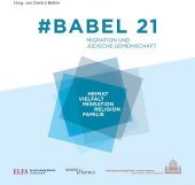Full Description
A coherent introduction to generative syntax by a leader in the field, this textbook leads students through the theory from the very beginning, assuming no prior knowledge. Introducing the central concepts in a systematic and engaging way, it covers the goals of generative grammar, tacit native-speaker knowledge, categories and constituents, phrase structure, movement, binding, syntax beyond English, and the architecture of grammar. The theory is built slowly, showing in a step-by-step fashion how different versions of generative theory relate to one-another. Examples are carefully chosen to be easily understood, and a comprehensive glossary provides clear definitions of all the key terms introduced. With end of chapter exercises, broader discussion questions, and annotated further reading lists, 'Beginning Syntax' is the ideal resource for instructors and beginning undergraduate students of syntax alike. Two further textbooks by Ian Roberts, 'Continuing Syntax' and 'Comparing Syntax', will take students to intermediate and advanced level.
Contents
Preface; Introduction: what linguistics is about and what syntax is about; 1. Tacit knowledge (or: several things you didn't know you knew about English); 2. Constituents and categories; 3. Phrase structure rules and constituency tests; 4. X'-theory; 5. Movement; 6. Binding; 7. Syntax beyond English; 8. The architecture of grammar; Conclusion.







